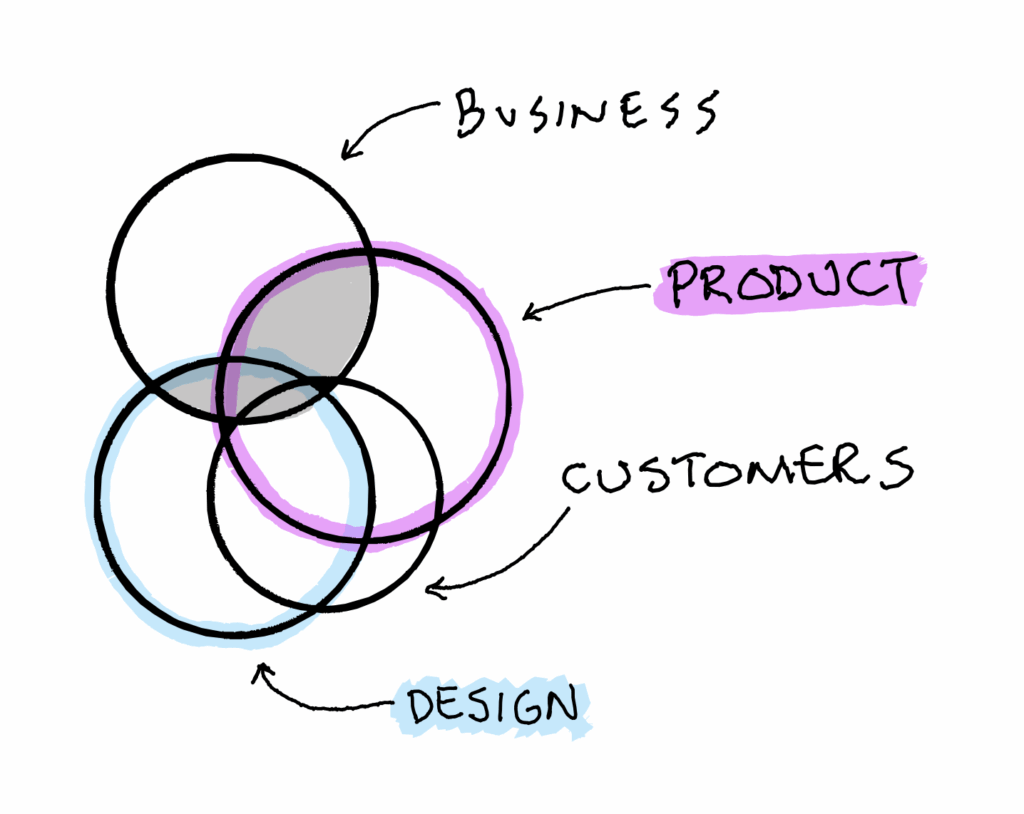Looking at our goals during a roadmap review, I saw the one thing I was dreading discussing with the team: “PLACEHOLDER – Improve conversions by NN%.”
It was my own fault – as a PM, putting something this vague in front of the team is a losing strategy, even if the goal was simply to spark conversation. As PMs, it’s our responsibility to give design teams clear, inspiring constraints—not just vague business metrics
Sure, it’s easy enough to do some math and project how increasing conversions by 5-10% would impact revenue, but I held off. I’ve found that framing work in terms of revenue – unless the team has a direct incentive structure tied to revenue – is what executives are looking for but it’s simply not motivating for the team. Revenue alone as the goal creates more questions than it does clarity.
But here we were, staring down a really vague goal that I knew would allow opinions and emotions to lead the way.
So… yeah, sorry about that.
Inspiring UX design through product goals
Without something more inspiring, the question quickly becomes “what are we even doing here?” This is the type of situation where product and design have to work together because we all want the same thing: to build amazing products that solve real problems for real people. While we may say we want to “drive revenue,” that’s purely a fiscal mandate. It’s extrinsic motivation that is not compelling unless you directly benefit.
“Improve conversions…” = not a constraint
“…by 5-10%” = not motivating
Design. Works. Best. With. Constraints.
I remember how frustrating it was to face this type of vague mandate as a designer. The solution is to work together with product to discover that point in the Venn diagram where everyone is aligned, even if they are approaching the goal from different angles.

Sure, product had a high-resolution view of the business goals, but design had a close-up view of the customer, their usage patterns and direct feedback from interviews and the like.
I hear you UX. Let’s get more specific… together.
What worked for my team in this scenario was to start with admitting I don’t have all the answers, and – most importantly – inviting exploration. But first, it was important to anchor the conversation on both the business and customer needs.
We took our time sharing customer insights, details and context of business goals, and picked apart the areas of the experience where customers were struggling. This let us prioritize a few key improvements that would affect conversions and help us reach a number that was more realistic.
Great products are rarely built out of ambiguous goals thrown from the business, to the product team, to the design team. Great products are built through methodical, meaningful conversations and ask “why” over “what.”
Final PM thoughts
Here’s how (as a PM) I would respond to a UX designer challenging a vague product goal:
- First, thank them for bringing attention to it. These questions keep the UX ‹› PM relationship in check by increasing trust, and normalizing asking hard questions.
- Share the background and broader context for the goal. Why is this goal important to the business?
- Don’t wait to invite collaborative exploration. If the goal feels like a poorly-defined ask or a mandate that’s “thrown” to UX, there will be pushback and most likely a lack of excitement around the solution.
- Identify and share constraints. Product should provide guidelines such as timing, parts of the experience that are off-limits, or target customer segments.
- Be curious about the customer experience. As a PM you’ll have one lens into the customer experience, but when design adds their perspective, you’ll have a fuller picture of where to focus.